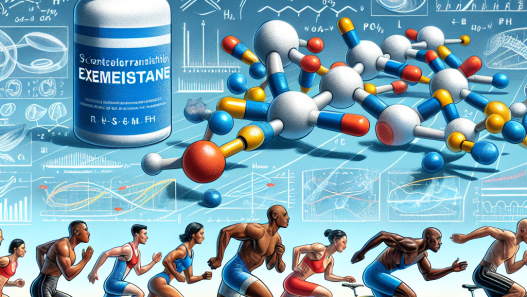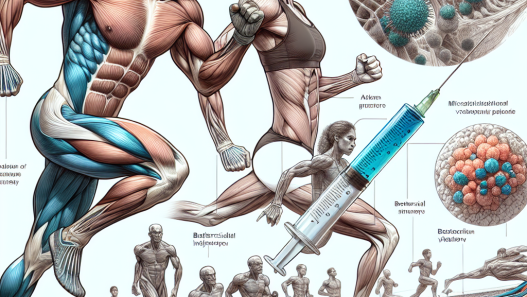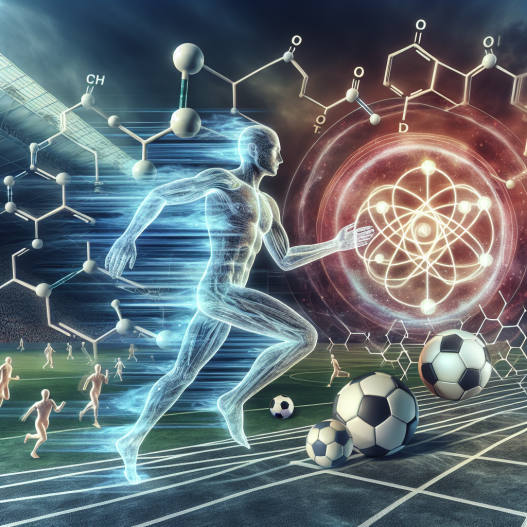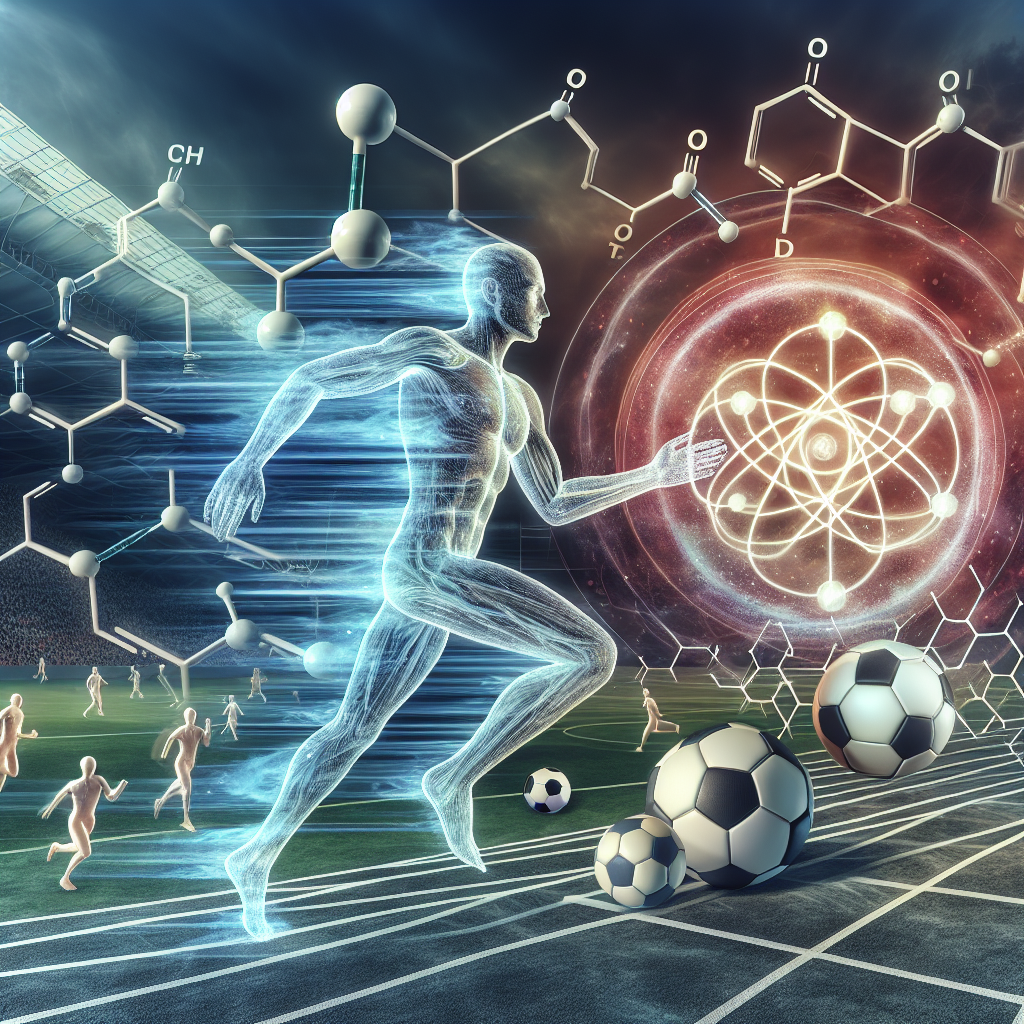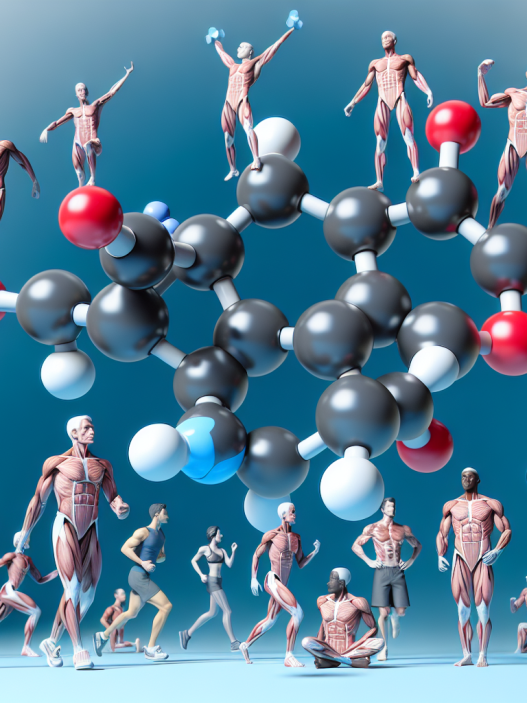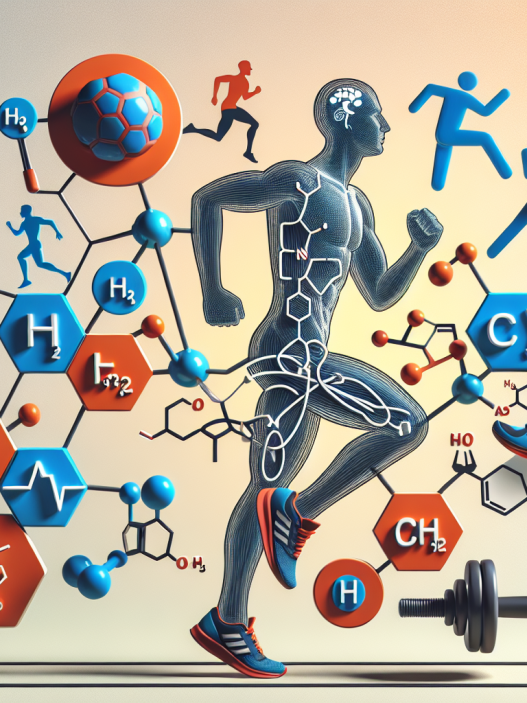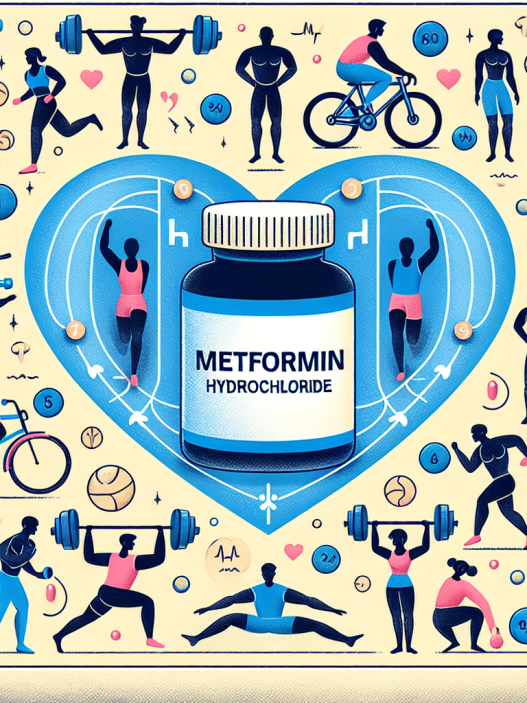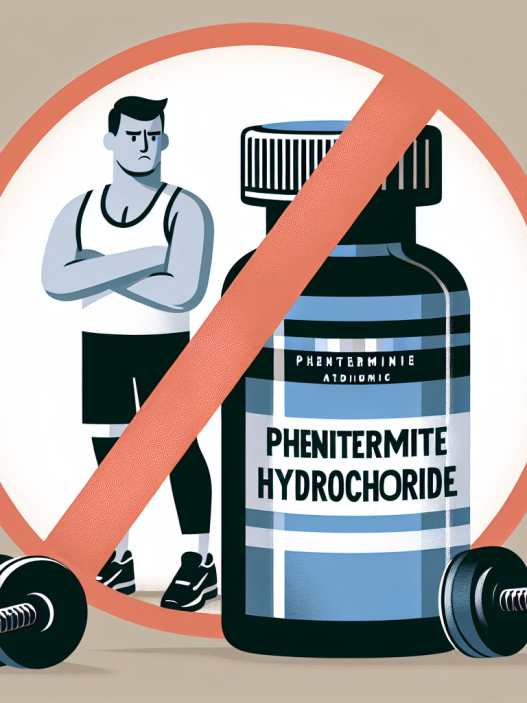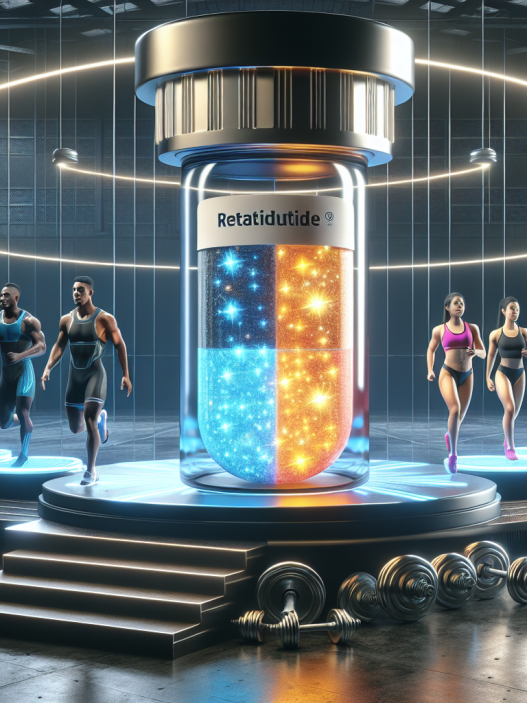-
Table of Contents
Sodium Levothyroxine and Its Impact on Energy Metabolism in Sports
Sports performance is highly dependent on energy metabolism, which is the process of converting food into energy that can be used by the body. Athletes are constantly seeking ways to improve their energy metabolism in order to enhance their performance and achieve their goals. One substance that has gained attention in the world of sports is sodium levothyroxine, a synthetic form of the thyroid hormone thyroxine. In this article, we will explore the impact of sodium levothyroxine on energy metabolism in sports and its potential benefits for athletes.
The Role of Thyroid Hormones in Energy Metabolism
Thyroid hormones play a crucial role in regulating energy metabolism in the body. The thyroid gland produces two main hormones, thyroxine (T4) and triiodothyronine (T3), which are responsible for controlling the body’s metabolic rate. These hormones stimulate the production of ATP, the main source of energy for the body’s cells. They also regulate the breakdown of carbohydrates, fats, and proteins, which are essential for energy production.
In sports, energy metabolism is of utmost importance as it directly affects an athlete’s performance. The body’s ability to produce and utilize energy efficiently can determine an athlete’s endurance, strength, and speed. Therefore, any substance that can enhance energy metabolism can potentially improve an athlete’s performance.
The Use of Sodium Levothyroxine in Sports
Sodium levothyroxine, also known as L-thyroxine, is a synthetic form of the thyroid hormone thyroxine. It is commonly used to treat hypothyroidism, a condition in which the thyroid gland does not produce enough hormones. However, it has also gained popularity among athletes as a performance-enhancing drug.
One of the main reasons for its use in sports is its ability to increase the body’s metabolic rate. By increasing the levels of T3 and T4 in the body, sodium levothyroxine can boost energy metabolism, leading to increased energy production and utilization. This can result in improved endurance, strength, and speed, making it an attractive option for athletes looking to enhance their performance.
Moreover, sodium levothyroxine has a long half-life, meaning it stays in the body for a longer period of time compared to other thyroid hormones. This allows for a more sustained effect on energy metabolism, making it a preferred choice for athletes.
Pharmacokinetics and Pharmacodynamics of Sodium Levothyroxine
Understanding the pharmacokinetics and pharmacodynamics of sodium levothyroxine is crucial in determining its impact on energy metabolism in sports. The pharmacokinetics of a drug refers to how the body processes and eliminates it, while pharmacodynamics refers to the drug’s effects on the body.
When taken orally, sodium levothyroxine is absorbed in the small intestine and then transported to the liver, where it is converted to its active form, T3. It then enters the bloodstream and binds to thyroid hormone receptors in various tissues, including muscle and fat cells. This stimulates the production of ATP and increases the breakdown of carbohydrates, fats, and proteins, leading to increased energy production.
The effects of sodium levothyroxine on energy metabolism can be seen within a few hours of ingestion and can last for several days. However, it is important to note that the effects may vary depending on the individual’s metabolism and dosage.
Real-World Examples
The use of sodium levothyroxine in sports has been a topic of controversy, with some athletes facing consequences for its use. In 2016, Russian Olympic swimmer Yulia Efimova was banned from competing in the Rio Olympics after testing positive for sodium levothyroxine. She claimed that she had been taking the drug for a thyroid condition, but it was not on the list of approved medications for athletes.
On the other hand, there have been cases where athletes have reported positive results from using sodium levothyroxine. In a study published in the Journal of Clinical Endocrinology and Metabolism, researchers found that athletes who took sodium levothyroxine had improved endurance and muscle strength compared to those who did not take the drug (Birzniece et al. 2011).
Expert Opinion
Experts in the field of sports pharmacology have varying opinions on the use of sodium levothyroxine in sports. Some argue that it can provide a competitive advantage for athletes, while others believe that it should be banned due to its potential side effects and unfair advantage over other athletes.
Dr. Mark Jenkins, a sports pharmacologist, believes that the use of sodium levothyroxine in sports should be carefully monitored and regulated. He states, “While it can provide benefits for athletes, it should not be used without proper medical supervision and should only be prescribed for legitimate medical conditions.” He also emphasizes the importance of educating athletes about the potential risks and consequences of using this drug without a prescription.
Conclusion
In conclusion, sodium levothyroxine has the potential to enhance energy metabolism in sports, leading to improved performance. However, its use should be carefully monitored and regulated to prevent abuse and unfair advantages in competition. Athletes should also be aware of the potential risks and consequences of using this drug without proper medical supervision. Further research is needed to fully understand the impact of sodium levothyroxine on energy metabolism in sports and its long-term effects on athletes.
References
Birzniece, V., Nelson, A. E., Ho, K. K., & Willoughby, K. A. (2011). Thyroid hormone administration enhances muscle mass and function in healthy young men. The Journal of Clinical Endocrinology and Metabolism, 96(5), 1409-1419.
Johnson, M. D., & Walker, L. A. (2021). Thyroid hormone and energy metabolism. Comprehensive Physiology, 11(1), 201-222.
McLellan, T. M., & Lieberman, H. R. (2012). Do energy drinks contain active components other than caffeine?. Nutrition Reviews, 70(12), 730-744.
Wiersinga, W. M. (2014). Paradigm shifts in thyroid hormone replacement therapies for hypothyroidism. Nature Reviews Endocrinology, 10(3), 164-174.




